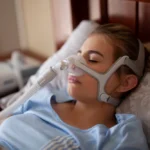Telemedicine has been around longer than many of us realize. It has existed since the 1920s when radio was utilized to dispense medical advice to ships at sea. Technology challenges and other concerns limited its usefulness in the past, but tele-radiology, tele-pathology, and other treatment forms evolved over time and this modality flourishes today.
As a result of the sweeping cultural changes brought about by the Covid pandemic, remote connectivity is increasingly in demand for many services – particularly health care. In this blog post, we discuss the benefits of using sleep telemedicine services for both patients and providers.
Is Telemedicine Commonly Used for Sleep Patients?
In 2015, the American Academy of Sleep Medicine published a position paper regarding the diagnosis and treatment of sleep disorders via telemedicine. The use of which has grown tremendously since that time.
Studies have demonstrated effective implementation of telemedicine to diagnose and manage obstructive sleep apnea, for example – primarily to increase adherence to positive airway pressure therapy. The Journal of Clinical Medicine describes a pilot study in which the median CPAP adherence “considerably increased by 2.17 hours per night” and the “number of patients with poor adherence (less than 4 hours per night) was considerably reduced from 38 to 7.”
How Effective is it for Sleep Patients?
Insomnia
Multiple studies have revealed that benefits resulting from cognitive behavioral therapy for insomnia (CBT-I) administered via sleep telemedicine services are comparable to those delivered during in-person office visits. These studies yielded similar findings for brief behavioral therapy for insomnia.
Pediatric Sleep Disorders
Sleep telemedicine has been applied to the management of sleep disorders in pediatric populations, as well. Telehealth follow-up visits, for instance, were used for chronic management of obstructive sleep apnea and CBT – when delivered via the internet were demonstrated to be effective in 13adolescents with insomnia.
How Does Telemedicine Work?
Technology enables this strategy to operate in two basic ways:
Synchronous
This dimension of telemedicine is the “real-time” component and typically consists of live video calls and two-way audio communication. It includes a patient located at an originating site and a provider at a distant site. It allows for the mirroring of an in-person visit and may include additional healthcare staff.
Asynchronous
This side of telemedicine does not use a real-time connection between patient and provider.
It allows a clinician to review symptoms, examine results (from a polysomnogram, for example), view patient-generated information such as compliance reports, etc.
Ognomy uses a combination of both of these, so our doctors can meet patients virtually as well as examine their results and provide on-going care.
Why Should Sleep Telemedicine Services be Embraced by Providers and Their Sleep Patients?
Sleep telemedicine services offers both patients and providers variety of benefits they can’t have in a traditional setting:
Easy Access to Health Care
The biggest benefit that sleep telemedicine services provide is making it easier to access health care. Patients notoriously miss office appointments for various reasons. Telemedicine greatly reduces that problem by helping with:
- Reduction of missed-work concerns
- Relief from child-care issues
- Elimination of transportation challenges
- Minimizing the stress of visiting medical offices in person
- Encouraging active participation with providers from a familiar at-home setting
- Enabling video consultation from phone, tablet, or computer at any location with internet connectivity
Reduced Appointment Wait Time
The National Center for Biotechnology Information shared a study demonstrating that “telemedicine support for primary care effectively decreased the time to specialty consultation, reduced the number of waitlisted patients and allowed sicker patients to reach a specialist faster.”
Sleep telemedicine services offers the speed and simplicity needed to schedule more visits per day and therefore reduces the waiting time for patients in need of a provider visit.
Lower Expense Out of Pocket
Another benefit of sleep telemedicine services is saving money! Some surveys and studies have revealed that families saved an average of 85 driving miles and $50 in costs per visit. And with the current high cost of gasoline, less travel time is certainly better! These remote visits additionally saved $24 per patient in labor costs. And with the current high cost of gasoline, less travel time is certainly better!
Considering patient costs of missed work, parking, transportation, and child care, it is clear that telemedicine can reduce patient expenses and is a better choice for many when searching for care.
Care in the Comfort of Your Own Home
It’s very hard to fall asleep in a bed other than your own. A common problem in the testing of sleep apnea is that patients don’t feel comfortable spending the night at a sleep center. Sleep telemedicine services solve this problem as sleep tests can be self-administered at home, making it easier for patients to feel comfortable and at ease.
Social Anxiety
It can be difficult for some individuals to be around a lot of people, let alone sleeping in front of strangers in a sleep center. Sleep telemedicine services offer a solution by making all of the treatment steps accessible from your home. This way, there are no obstacles in the way of you getting the help you need.
Sleep Telemedicine Is Time Effective
Having your consultations virtually saves you from losing time commuting to a doctor’s office. This makes life easier for busy people like parents, who have to be very conservative with their time. Your overall health should always be your number one priority, so sleep telemedicine services make managing your time easier.
Family Connections
When meeting with your physician, it can be beneficial to have a family member present to assist in providing information, asking questions and noting the doctor’s responses. If that person is not able to be physically present, sleep telemedicine allows them to participate in the virtual visit, with your authorization.
Easier Medical Access For People In Rural Areas
Living in rural areas can be peaceful and enjoyable, but one of the downsides is that it can be challenging to access medical care quickly. Sleep telemedicine services offer a solution to this problem by allowing individuals who live far away from sleep centers to consult with a sleep provider remotely. This saves time and eliminates the need to travel during harsh weather conditions such as snowstorms or hailstorms, keeping people safe and comfortable in their own homes.
How Can I Use Telemedicine for My Practice or Care?
The Ognomy platform is the perfect tool for providers wishing to benefit from sleep telemedicine services and extend wonderful benefits to their sleep patients.
We offer ways to focus exclusively on patient care rather than administration. If you are a sleep provider looking to extend your services in the sleep telemedicine space, contact us today!












